Sometimes you have to Roll the Dice and see what happens
Today's post features two new photos from my garden bonsai trees to share what some might consider a failure. I consider it a learning experience. Possibly even a way to better appreciate the subtle stings of the life cycle. This natural occurance in the life of a tree, a plant, or even an animal is a sorrowful thing, and yet many people gravitate towards such sorrow to find solace, and therefore identify it as beautiful art.
When I say Roll the Dice today, I am talking about "dieback".
Below is one of my first examples of dieback I have seen this year in my trees.
Look at the way the tree changes from full green life, to starved and weathered, to brown and rotten. Reminds me of the way da Vinci used to sketch a subject partially into the negative space.
Photo of da Vinci's "Study of Arms and Hands", public domain, provided by Wikipedia
Now back to the original subject. We're talking about dieback, as seen in my tree photos.
Google translates dieback as follows:
a condition in which a tree or shrub begins to die from the tip of its leaves or roots backward, owing to disease or an unfavorable environment.
In some cases, this happens when a plant is moved into a new pot or hole in the ground, and some of the roots are exposed, killed, or damaged in the transplanting process, or after, as the plant goes into shock trying to adjust to the new environment. New soil can also lead to sudden nutritional deficiencies, or a toxic build-up that might poison the tree, and lead to disease, fungus, rot, or pests. The little arteries (as I like the think of them) that send nutrients from the roots up through the cambium and into the branches and leaves can become damaged, starved, infected, diseased, or rotten. From then on, it can no longer transfer nutrients up through that channel, and anything relying on that channel will wither away.
In the case of my little tree above, a curly willow, I am not sure why this branch was selected by nature to dieback like so. Perhaps the leaves were too sparse in this area, and the branch never thickened enough to withstand the colder temperatures. Perhaps the roots are rotting due to the extra rainfall of the wet season. Personally, I think the tree is selecting the healthiest parts of the tree to preserve for the winter, and that means it is sealing off connections from branches that are too far away from the roots. Any long, spindly branches that are super gnarly looking tend to get discarded by the curly willow, as the winter frost will surely freeze it as it swirls through the wind.
Here you can clearly see the light blond wood turning a more deeply rotten black. This tree is still very young and hasn't developed a bark, so the outside green wood is very close to the cambium, living layer underneath. Even though the tree made a nice scar that was starting to seal over, it looks like it has opted to discard the entire upper stump. When an arborist says to "let the tree tell you where it wants to be pruned", this is one such example. The dieback is nearing the highest living branch, and so the stump could be cut off to be nearly flush with the highest branch node.
I like to wait a little bit longer into the winter before I start to prune any major dieback areas like this. Let nature run its course is my strategy with dieback.
Photo from pixabay.com
Sometimes trees just aren't strong enough to continue, or I need to learn more about the type of soil, nutrition, and water amounts the tree requires throughout the seasons. If that happens I am probably not worthy to grow the tree again until I learn more about it. One such tree, I consider it my personal White Buffalo, a sacred being I may not ever capture, is the White Birch. In my area this tree is very prone to disease from borers, and I have not had much luck overwintering a Birch in a bonsai pot, because they like to grow a single deep and delicate taproot the first year so it can become tall and thin, the opposite of how a bonsai grower forces a tree a grow. They grow very easily in our climate, but not so easily in a shallow pot.
Photo from pixabay.com
Another interesting thing about dieback, is that some bonsai growers choose to keep certain dead branches on their trees for artistic appeal. A dead branch can still provide a good balance to the tree shape in the overall tree silhouette, even though it will no longer provide leaves. A truly dead branch will most likely fall off over time if it isn't pruned. A skilled bonsai grower will sometimes turn a living branch into a dead branch, on purpose, by using tools to carve it into the shape they desire and then coating it with a special preservative chemical which stains it the color they prefer. I think this method sort of fossilizes the branch so it can more gradually shift into a dead branch, yet maintain strength and structure for the remaining lifespan of the tree. A very ancient looking tree can be sold for hundreds, or even thousands of dollars.
Photo from pixabay.com
Thanks for reading my post. I hope you either learned something or at the least enjoyed viewing these photos for a few moments. As always, your comments are welcome below. I sometimes reward uplifting, enlightening, or thoughtful responses.
Have a wonderful day!
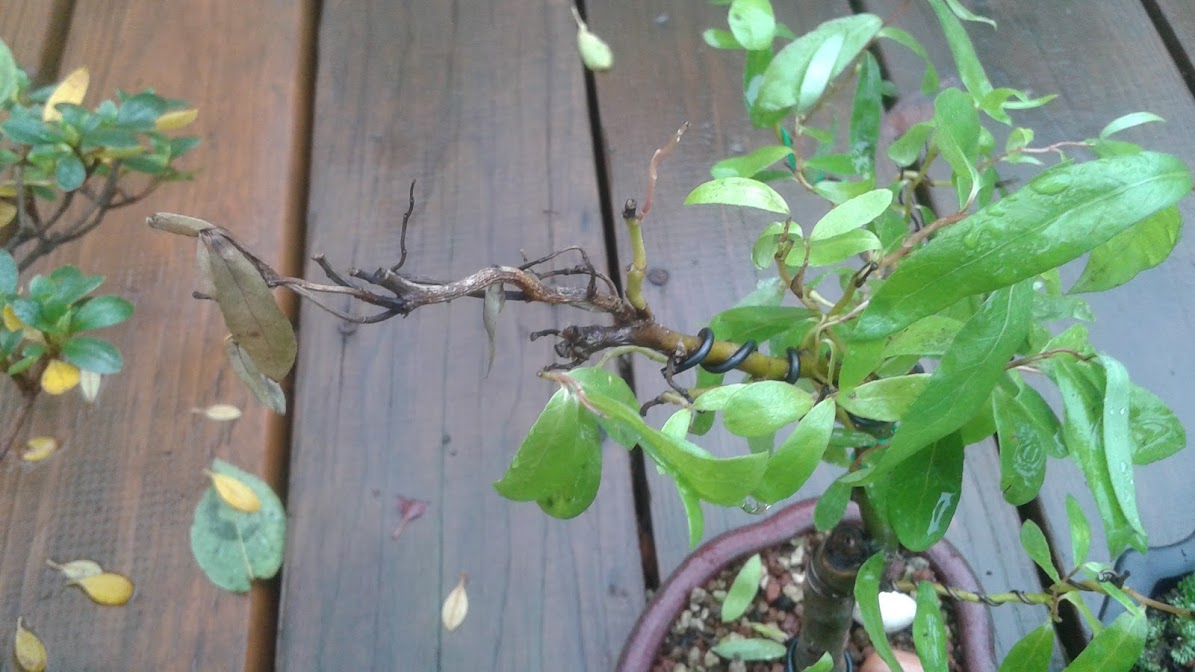

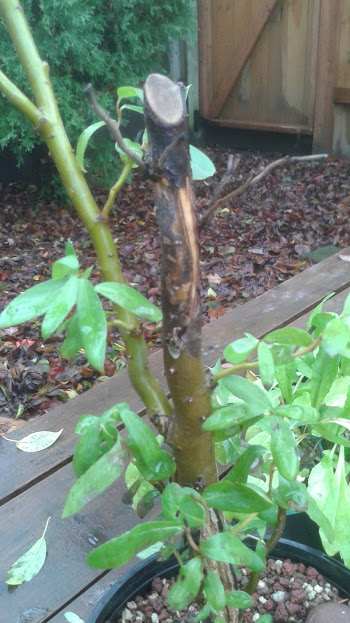
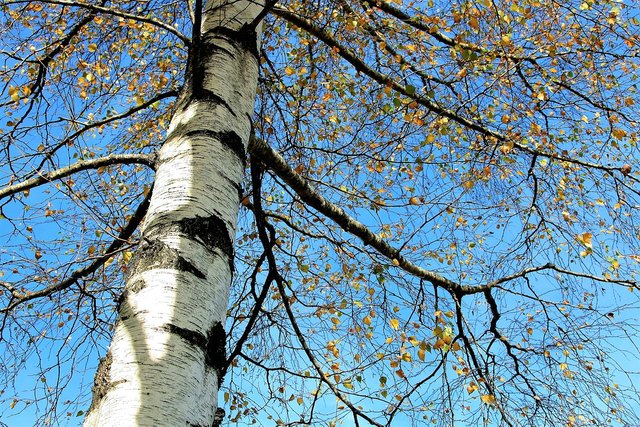
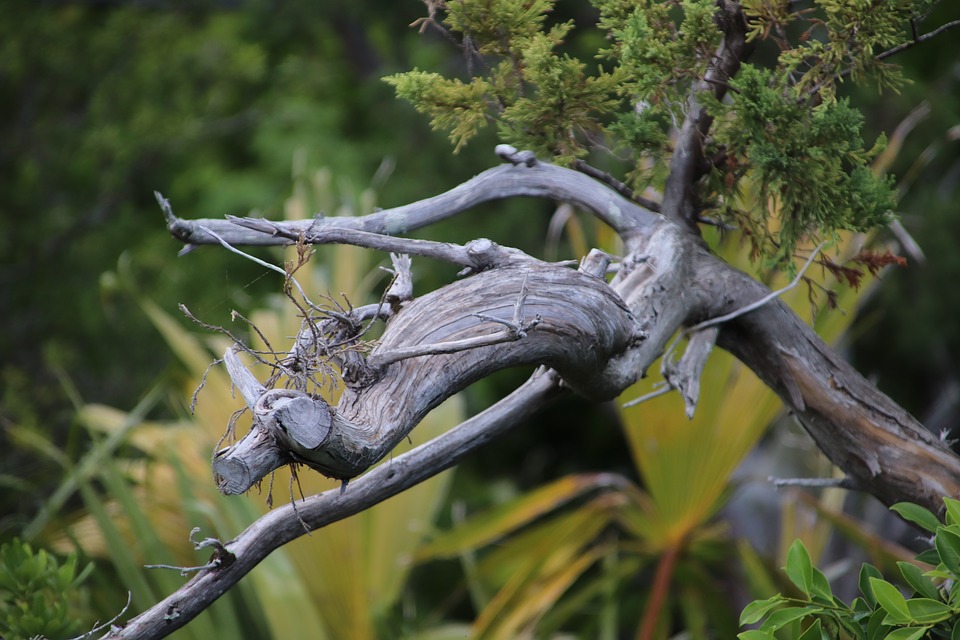
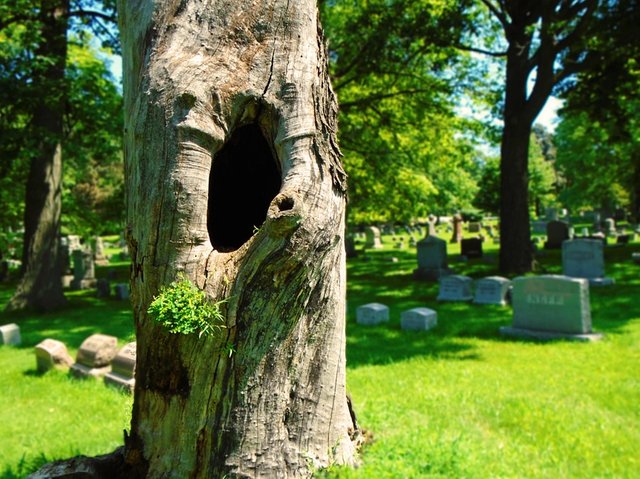
Vote my blog
I did same for you
https://steemit.com/dance/@hotvedio/indian-beauty-is-in-love-with-you-she-wants-to-show-her-love-to-you-love-india